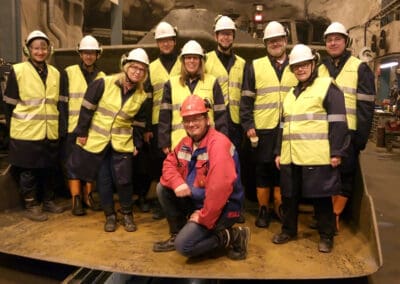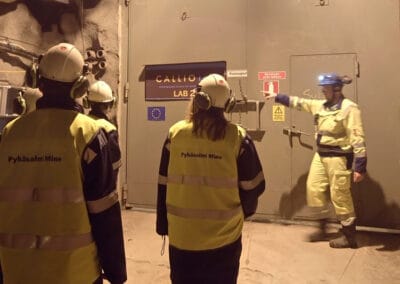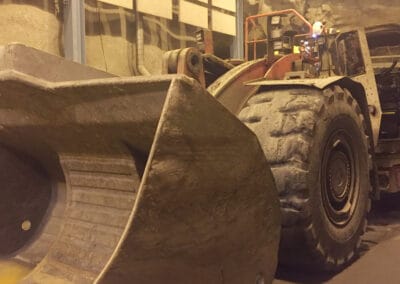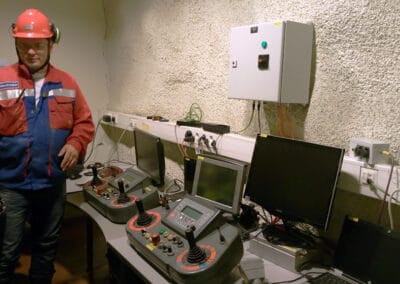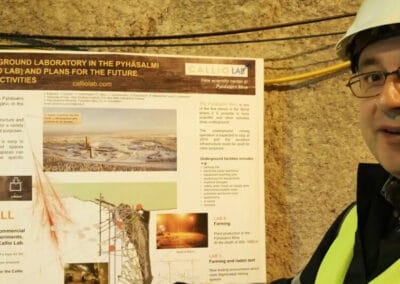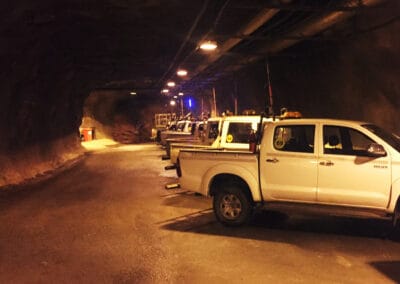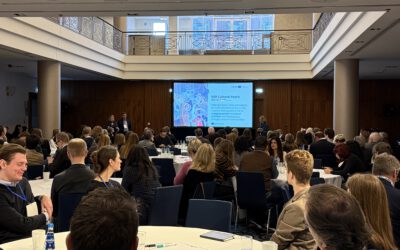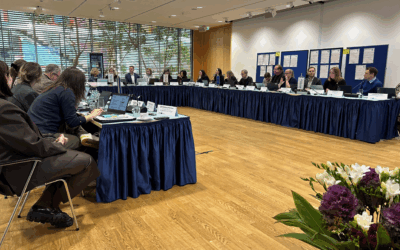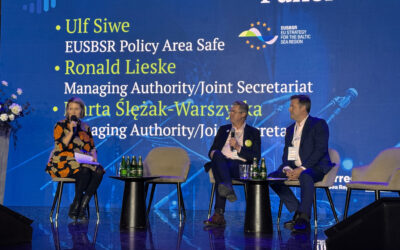Laboratories located underground are characterised by specific geophysical, geothermal, and geological conditions, which are much different to overground laboratories. For instance, the low natural background radiation enables to create an isolated environment suitable for e.g. nuclear industry and applied scientific research. The potential of underground laboratories from the Baltic Sea region, which are often transformed from traditional mining facilities, is still left untapped, offering thriving business and employment opportunities. The laboratories could further be exploited in the fields of mining, tunnel construction, radiation or geophysical background measurement instruments, nuclear sciences, microbiology, or even farming and tourism. 14 partners from eight countries, including six underground laboratories, teamed up in the Interreg BSUIN project to trigger together innovative spirit in the Baltic Sea region.
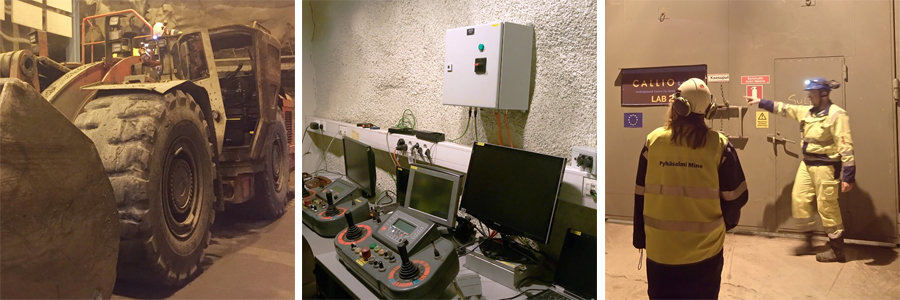
© IB.SH / Ilze Ciganska
Fresh start for underground facilities
The Baltic Sea Underground Innovation Network, or BSUIN in short, establishes a network of underground laboratories across the Baltic Sea region that works as an open innovation platform facilitating scientific technology transfer and best practices exchange. It improves access of small and medium sized enterprises to the laboratories and helps exploit potential for incubating innovative businesses. Baltic underground laboratories thrive for widening the scope of the offered services, which could go far beyond the scientific purpose e.g. mining product development, energy storage, bioenergy, tourism and agriculture, for instance mushroom farming. In many cases, such re-branding is a chance for a fresh start and an alternative way of saving old mining facilities from closing down, like in the case of the Callio Lab in Pyhäjärvi, Finland.
The almost 100-year-old Research and Education Mine “Reiche Zeche”, located in Germany, has primarily been serving as a research facility. David Horner from TU Bergakademie Freiberg Technical University explains that following a global shift in the mining industry, the laboratory wishes now to open up to Research & Development enterprises to help them enhance their ideas on site: “Industry which did not belong to mining in the past is increasingly interested in developing their products in a mining environment.”
Another underground laboratory involved in the project, Äspö Hard Rock Laboratory located in Oskarshamn, Sweden, is a 30-year-old facility dedicated to nuclear waste research. As the laboratory is about to be closed down, Mats Ohlsson, Coordinator of External Relations at the laboratory, hopes to offer this underground facility for other type of research and initiatives in order to ensure its further existence.
The team of Ruskeala Marble Quarry and Geopark in Sortavala, Karelia, Russia, joined the project network to explore the possibilities of using the site for mostly touristic purposes. As the network combines a lot of cross-sectoral expertise, it is already clear now to Vitali Shekov from the team that there are more opportunities to come.
Cooperation is a necessity
The BSUIN project is in fact about “connecting the dots, connecting the infrastructure and intellectual capacities that are around the underground work in the Baltic Sea region with future customers,” in order to unlock the potential of underground laboratories. Panu Jalas, project leader from the University of Oulu, representing the Callio Lab in Pyhäsalmi mine in Finland, admits that “cooperation is a necessity. It would be very wise to join forces, not just to share best practices but also as an innovation platform: together this cooperation produces more than the sum of everybody working separately.” Also other project partners are convinced of a cumulative effect the project would have.
Underground laboratories currently operating in the Baltic Sea region have rather limited cross-sectoral resources and are not competitive enough in comparison to other facilities located across Europe and beyond. Setting up a joint BSUIN network of underground laboratories shapes an innovation platform for an exchange of good practices and expertise. It is also a way to ensure better quality of future services as well as to provide visibility and accessibility to the existing underground infrastructure, and help reduce disparities among the regions. “It is important to have a wider platform and incubators for transforming intellectual infrastructures into new wealth and new innovation for the region,” Panu Jalas explains. On top of that, the network facilitates more targeted specialisation of underground laboratories and provides a competitive advantage to commercial users, one of the key audiences the project reaches out to.
More than a project
The partners of the BSUIN project are seizing an opportunity provided by Interreg Baltic Sea Region to build on the existing capacities and services, and take them up to the transnational level: going beyond a regional and national level seems to be the only chance for the underground facilities to increase and uphold their competitiveness on the global market.
Although there are already other networks dedicated to scientific research in the Baltic Sea region, BSUIN is filling up a niche created to tailored research and product development provided by underground facilities. With a well-structured network and an active exchange of competences and knowledge supported by marketing activities, BSUIN shall be able to attract more scientific research to the Baltic Sea region to better steer an innovative spirit. This innovative spirit is already stemming from people involved in BSUIN who share a vision on a strong network and developing new solutions. And indeed, it is promising when one starts with setting ambitions high for themselves.
By Ilze Ciganska & Anna Gałyga (Interreg Baltic Sea Region)
BSUIN entry in the Interreg Baltic Sea Region project library



